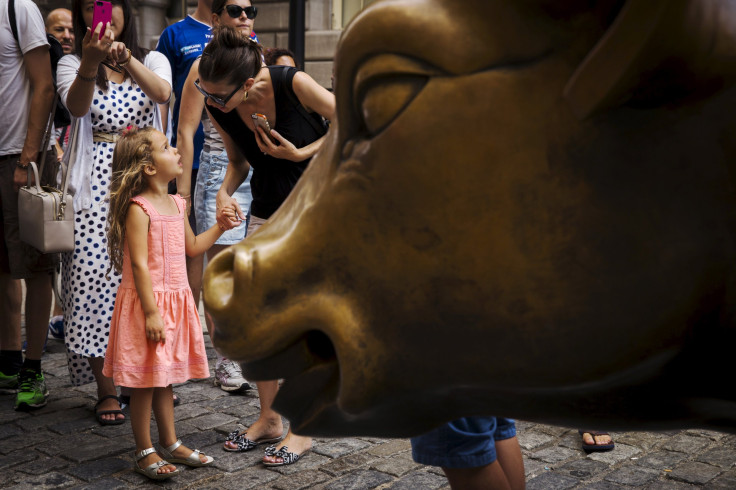Bull Market’s 7th Birthday Sees Stocks Up 300 Percent From 2009, But Can The Rally Last?

On March 9, 2009, Wall Street was licking its wounds after the worst financial crisis since the Great Depression. The collapse of Lehman Brothers six months earlier had sent markets spiraling downward, and no one knew when they would hit bottom.
“I can’t tell you anything about where the market will be in the next six months or 12 months or two years,” Peter Lynch, a legendary Fidelity investor, told the New York Times earlier that week. “But at some point in the future, I think you’ll look back and see that we’ve gotten through this.”
Since then, U.S. stock markets have enjoyed the third-longest bull market in U.S. history.
The S&P 500 has roughly tripled in value from its nadir of $676.53, while the Nasdaq Composite has surged more than 400 percent. Both indexes, along with the Dow Jones Industrial Average, have stalled since midsummer 2015, but markets have managed to keep out of bear-market territory, defined as a decline of 20 percent or more from the most recent peak.
It hasn’t been any ordinary bull market. Eager to give markets and the broader economy a tailwind, the Federal Reserve kept its benchmark interest rate at virtually zero until last December, while launching three stages of stimulative asset-buying known as quantitative easing. These extraordinary measures helped goose the markets along in the years following the global financial meltdown.
As solid as the major indexes have been, however, some stocks have left them in the dust. Among brand-name stocks, Netflix, Amazon and drug manufacturer Regeneron have seen stratospheric growth since the bottom of the market in 2009.
Lesser-known constituents of the S&P 500 have rocketed up even farther. Those stocks include Under Armour, Wyndham Worldwide, the hotel company, and mall owner General Growth Properties. An investor who put $100 into the latter in 2009 would have around $10,000 today with dividends reinvested.
How much longer does the rally have left? As the old Wall Street saying goes, bull markets don’t die of old age. The longest on record lasted 10 years, from 1990 to 2000. This market has already weathered steep declines, first last August and again at the start of 2016, but the momentum appears to have swung positive again, with the S&P 500 up 7 percent over the past month.
With worries lingering over slowing global growth and lagging U.S. manufacturing, some have their doubts that the rally will continue.
“Even with this most recent rally, I think investors should approach this as a stealth bear market,” investor Dawn Bennett, CEO of Bennett Financial Services, said in a recent note to clients. Instead of a gentle climb moving forward, Bennett said, “we have a rollercoaster, with the fundamentals struggling with hack-created headlines and creating immense risk and volatility.”
© Copyright IBTimes 2024. All rights reserved.












